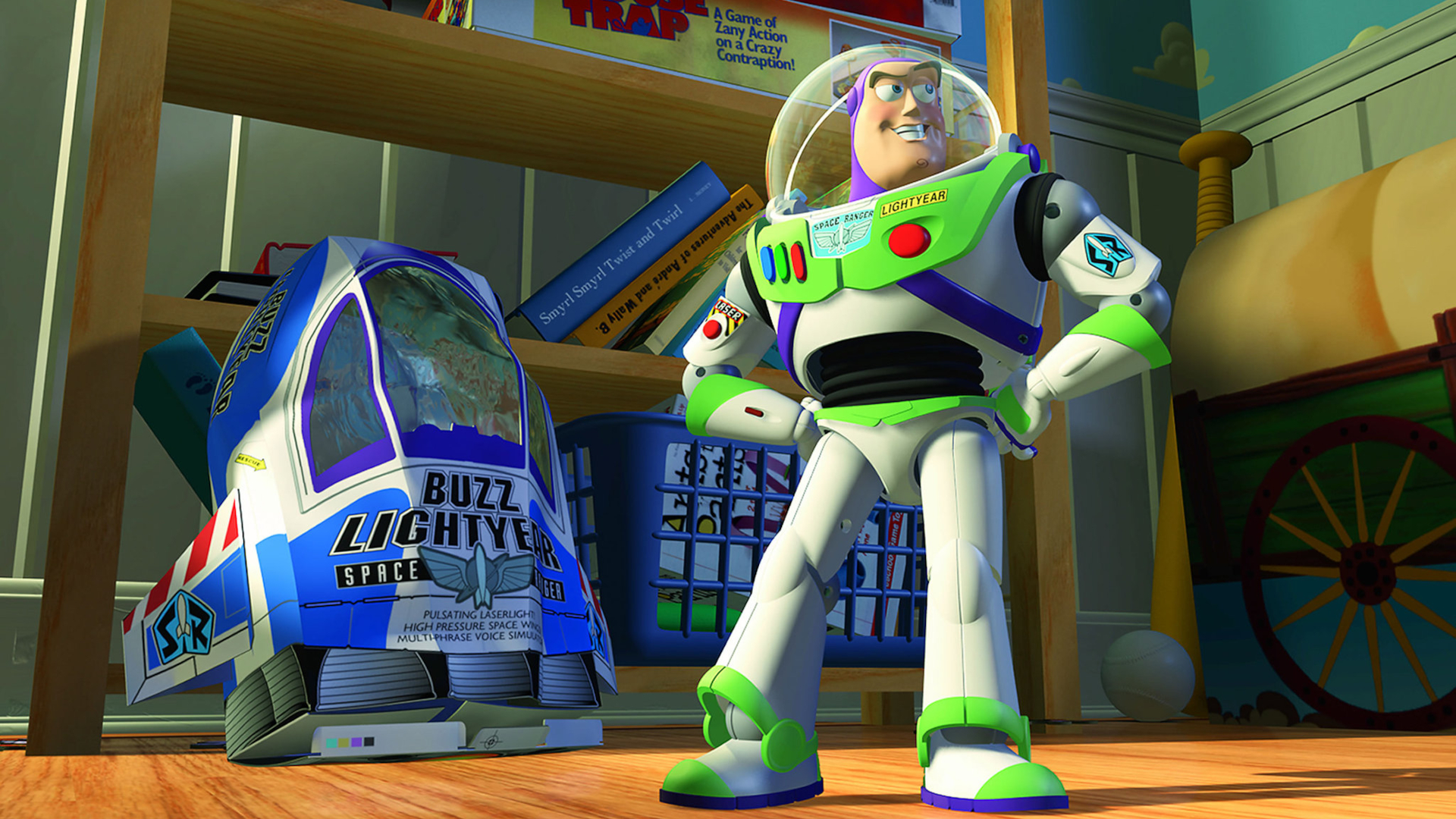Private Moon Landers May Need More Customers Than Just NASA

HOUSTON — NASA's robotic missions to the moon with commercial partners will help create a new space economy, agency officials have said. But NASA shouldn't be the only buyer for commercial landers' services, one of those partner companies just stressed.
A representative from Intuitive Machines, which plans a 2021 landing under NASA's Commercial Lunar Services Payload (CLPS) program, said there's a risk of NASA's moon push going the same way as the Google Lunar X Prize, which offered $20 million to the first private team to put a robotic lander on the moon but ended up going unclaimed.
"We tried and failed with the Lunar X Prize," Intuitive Machines CEO Steven Altemus said in a panel at SpaceCom, a two-day conference about the space economy that was held here last week.
Related: Moon Rush: Private Lunar Lander Plans
The X Prize was designed to stimulate lunar exploration, just like CLPS, which NASA officials say will pave the way for NASA's crewed Artemis program. To get the grand prize, a team had to land on the moon, move at least 1,640 feet (500 meters), and transmit imagery to Earth in high definition. The initial 2014 deadline was extended multiple times, and the prize was canceled in 2018 with no winner among the five companies remaining in the competition.
To be sure, NASA has multiple opportunities for companies to participate in lunar exploration — for example, as suppliers for Artemis missions, through CLPS or gearing up for future opportunities that could include commercial rovers or small satellites. This SpaceCom panel, however, was focused on the opportunities of CLPS, which just added five more companies to its list of possible suppliers who can participate in future lunar delivery opportunities.
NASA and its CLPS providers have a delicate arrangement, Altemus said. NASA plans to provide opportunities for companies to fly as long as funding is available. And companies will receive opportunities to fly, as long as the companies are "disruptive" and control costs to keep the lunar market competitive and affordable, he said.
Breaking space news, the latest updates on rocket launches, skywatching events and more!
Altemus praised NASA for supporting companies that want to make moonshots but pointed out several dangers with having just a single vendor available. If NASA funding doesn't get approved by Congress, the lunar economy could stall, he said. And if NASA sends only a few missions, small and medium-size companies will find it difficult to keep their lunar business running.
Related: Moon Master: An Easy Quiz for Lunatics
Procurements are also an issue. If they are too large, smaller companies can't participate and competition will be stifled, Altemus said. On the other hand, he added, small procurements won't encourage much innovation or investments among companies.
Members of the panel noted that more big contract opportunities could come from other space agencies or countries, as NASA isn't the only lunar player out there. The European Space Agency envisions an international "moon village," for example, and countries such as Japan and India have also expressed lunar ambitions. China has even landed two robotic lunar rovers on the surface in recent years to do science and exploration, becoming the first country to do so since the Soviet Union in the 1970s.
But NASA is the first viable option for large U.S. company contracts, so Altemus urged bipartisan support in Congress to keep it going. "We've got to keep this project funded," Altemus said. "We want to be leaders on the surface of the moon and not have [just] the Chinese be there."
Shea Ferring, vice president of mission assurance at fellow CLPS participant Firefly Aerospace, urged NASA not to load too much into a single mission, instead spreading out the requirements of lunar support missions across several flights so that a single failure would not cripple the program.
This and more "lessons learned" could come from the history of NASA's Commercial Orbital Transportation Services (COTS) contracts, which fund private cargo missions to the International Space Station, said Ferring.
COTS was a hard road at first, but Ferring said it has paid off. While SpaceX and Northrop Grumman resupply flights usually go according to plan today, the early days of COTS saw development delays and multiple launch failures, he said.
COTS not only gets cargo to the ISS but has also helped stimulate and support advances in the private space sector, such as SpaceX's drive to reuse many of its rockets during space station flights. "We were targeting a space station resupply, and we got a bunch more than that," Ferring said.
- Here's Where Commercial Landers Will Land on the Moon for NASA
- NASA: The International Space Station Is Open for Business in Orbit
- Moon Rush: NASA Wants Commercial Lunar Delivery Services to Start This Year
Follow Elizabeth Howell on Twitter @howellspace. Follow us on Twitter @Spacedotcom and on Facebook.


Elizabeth Howell (she/her), Ph.D., was a staff writer in the spaceflight channel between 2022 and 2024 specializing in Canadian space news. She was contributing writer for Space.com for 10 years from 2012 to 2024. Elizabeth's reporting includes multiple exclusives with the White House, leading world coverage about a lost-and-found space tomato on the International Space Station, witnessing five human spaceflight launches on two continents, flying parabolic, working inside a spacesuit, and participating in a simulated Mars mission. Her latest book, "Why Am I Taller?" (ECW Press, 2022) is co-written with astronaut Dave Williams.
